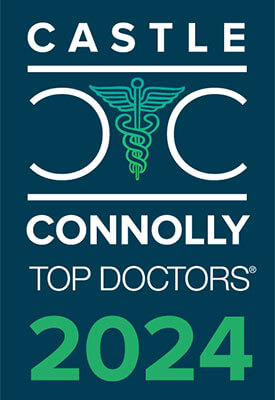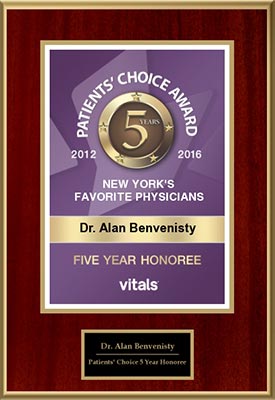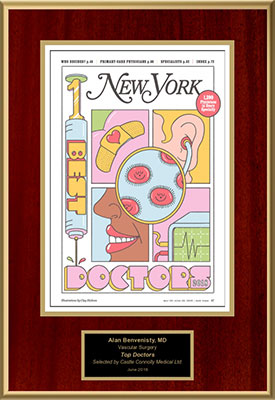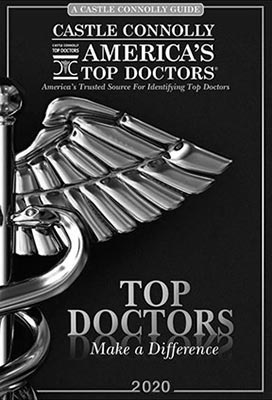Understanding Peripheral Artery Disease (PAD)

Peripheral Artery Disease (PAD) is a common circulatory problem that affects millions of people worldwide. This condition occurs when the arteries that supply blood to the extremities, particularly the legs, become narrow or blocked due to the buildup of fatty deposits. As a result, the affected limbs do not receive an adequate supply of blood, leading to various symptoms and potential complications.
Because (PAD) is the most common form of peripheral vascular disease (PVD), affecting 8-12 million Americans, New York Vascular Surgeon Alan Benvenisty, MD, wants everyone to know its causes, risk factors, symptoms, and treatment options.
Causes and Risk Factors
PAD is primarily caused by atherosclerosis, a condition characterized by the accumulation of plaque in the arterial walls. This buildup narrows the arteries, restricting blood flow to the affected areas. While the exact cause of atherosclerosis is not fully understood, several risk factors have been identified, including smoking, diabetes, high blood pressure, high cholesterol, obesity and a sedentary lifestyle.
Advancing age and a family history of cardiovascular disease also increase the risk of developing PAD.
PAD Symptoms
The symptoms of PAD often manifest in the legs and may include:
- Leg pain or cramping during physical activity (intermittent claudication)
- Numbness, weakness, or coldness in the lower extremities
- Slow-to-heal sores or wounds on the feet or legs
- Changes in the color or texture of the skin on the legs
- Hair loss
- Muscle atrophy
These symptoms are also common in many other vascular conditions, so it is vital to consult with Dr. Benvenisty for an accurate diagnosis.
Diagnosing PAD
Diagnosing PAD typically involves a combination of physical examination, medical history review and non-invasive tests. Ankle-brachial index (ABI) testing, which compares the blood pressure in the ankle to that in the arm, is a common diagnostic tool. Imaging studies such as ultrasound, magnetic resonance angiography (MRA) or computed tomography angiography (CTA) may also be used to visualize the arteries and assess blood flow.
Treatment Options
Managing PAD aims to relieve symptoms, slow disease progression and reduce the risk of complications such as heart attack and stroke.
- Lifestyle modifications such as regular exercise, smoking cessation and a heart-healthy diet are often recommended.
- Medications to lower cholesterol, control blood pressure and prevent blood clots may be prescribed.
- In some cases, minimally invasive procedures like angioplasty or surgical bypass may be necessary to restore proper blood flow to the affected limbs.
It’s important to note that PAD is a systemic disease that not only affects the arteries in the legs but also increases the risk of cardiovascular events. Therefore, individuals diagnosed with PAD should receive comprehensive care to address their overall cardiovascular health.
New York Peripheral Artery Disease Diagnosis, Treatment
Understanding peripheral artery disease is crucial for early detection and management. By adopting a healthy lifestyle and working closely with Dr. Benvenisty and his team, individuals with PAD can effectively manage their condition and reduce the risk of associated complications. If you experience any symptoms suggestive of PAD, contact us promptly for proper evaluation and personalized care.
Posted on behalf of
440 West 114th St, Second Floor
New York, NY 10025
Phone: (212) 523-4706
Monday & Friday 9:00 AM – 5:00 PM







